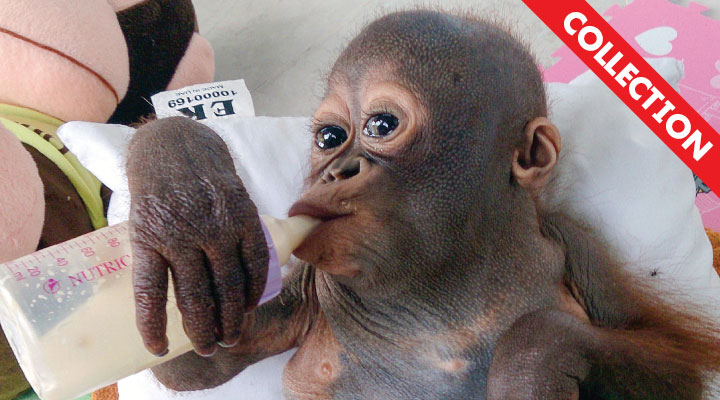A herd of elephants roams across a grassy plain. The animals are in Malawi, a country in Africa. Above them, a man leans out of a helicopter and fires a dart gun. Darts hit the massive animals and they fall, one by one, to the ground. The elephants are knocked out but unharmed. Soon, the animals will be transported 200 miles to a new home.
This scene from last July was part of a project called 500 Elephants. The goal is to relocate 500 elephants by the end of this summer. They will be moved to a park in northern Malawi called the Nkhotakota (nik-HOH-ta-koh-ta) Wildlife Reserve. The elephants being moved there are safe from poachers who kill elephants to trade (buy and sell) their ivory tusks. The 500 Elephants team has the same goal as many other conservation groups. They want to save Africa’s elephants before the animals become extinct.
A herd of elephants roams across a grassy plain. The animals are in Malawi, a country in Africa. Above them, a man leans out of a helicopter and fires a dart gun. Darts hit the massive animals. They fall, one by one, to the ground. The elephants are knocked out but unharmed. Soon, they will be transported 200 miles to a new home.
This scene from last July was part of a project called 500 Elephants. The goal is to relocate 500 elephants by the end of this summer.
They will be moved to a park in northern Malawi. It’s called the Nkhotakota (nik-HOH-ta-koh-ta) Wildlife Reserve. There, elephants are safe from poachers who kill elephants for their ivory tusks. The 500 Elephants team has the same goal as many other conservation groups. They want to save Africa’s elephants before the animals become extinct.
